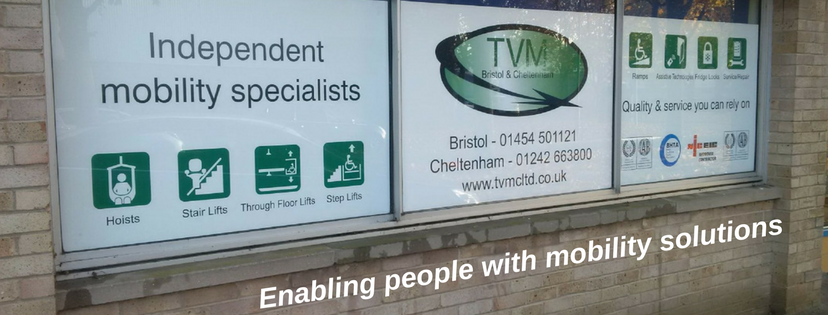Why we do, what we do!
Installing mobility aids such as hoists and stairlifts in the homes of people with disabilities can have a profound positive impact on their daily lives. These assistive devices provide a range of benefits, enabling individuals with mobility challenges to navigate their homes more easily and enhancing their independence and quality of life.
One of the primary advantages of installing hoists and ceiling lifts is the increased safety they provide. For individuals with limited mobility or physical disabilities, transferring between different surfaces or rooms can be challenging and pose a risk of falls or injuries. Hoists and lifts help mitigate these risks by providing a secure and controlled transfer mechanism. Caregivers or family members can use these devices to safely lift and move individuals from one location to another, reducing the strain and potential injury associated with manual transfers.
Another significant benefit is the increased accessibility and freedom of movement that hoists and stairlifts offer. These aids enable individuals with disabilities to access multiple levels of their homes, overcoming the barriers posed by stairs. By installing a stairlift, individuals with mobility challenges can effortlessly and independently navigate staircases, eliminating the need for assistance or avoiding the potential hazards of climbing stairs. This promotes a sense of autonomy and allows individuals to fully utilize all areas of their home.
Installing mobility aids also helps to maintain social connections and support the well-being of individuals with disabilities. By improving accessibility within the home, hoists and stairlifts enable individuals to receive visits from friends, family, and caregivers without restrictions. They can entertain guests and engage in social activities within the comfort of their own home, reducing feelings of isolation and promoting mental and emotional well-being.
Furthermore, having mobility aids in the home can reduce the need for institutional care or assisted living arrangements. By providing a safe and accessible environment, individuals with disabilities can live independently in their own homes for a longer period. This not only enhances their quality of life but also reduces the burden on healthcare systems and the associated costs.
Moreover, the installation of mobility aids in the home can ease the physical strain on caregivers or family members. Hoists and lifts reduce the manual effort required for transfers, minimizing the risk of caregiver injuries and allowing for more efficient and comfortable care. This, in turn, can contribute to a healthier and more sustainable caregiving relationship.
In conclusion, installing mobility aids such as hoists and stairlifts in the homes of people with disabilities has numerous advantages. These devices improve safety, accessibility, and independence, enabling individuals to navigate their homes more easily and enhancing their overall well-being. By promoting autonomy and reducing reliance on others, these aids contribute to a higher quality of life for individuals with disabilities and provide support for caregivers.












Leave a Reply
Want to join the discussion?Feel free to contribute!